Lizards, with their prehistoric appearance and fascinating behaviors, have become increasingly popular pets in recent years. Yet many lizard owners underestimate these reptiles’ cognitive abilities and environmental needs. Far from being simple creatures content with basic habitats, lizards possess complex behaviors that require stimulation and engagement. Environmental enrichment—the practice of enhancing captive animals’ surroundings to encourage natural behaviors—is as crucial for lizards as it is for mammals. This article explores the scientific principles behind lizard enrichment, examining how properly designed habitats with varied toys, textures, and climbing zones not only improve physical health but also enhance psychological well-being and natural behaviors in captive lizards.
Understanding Lizard Cognition and Behavior
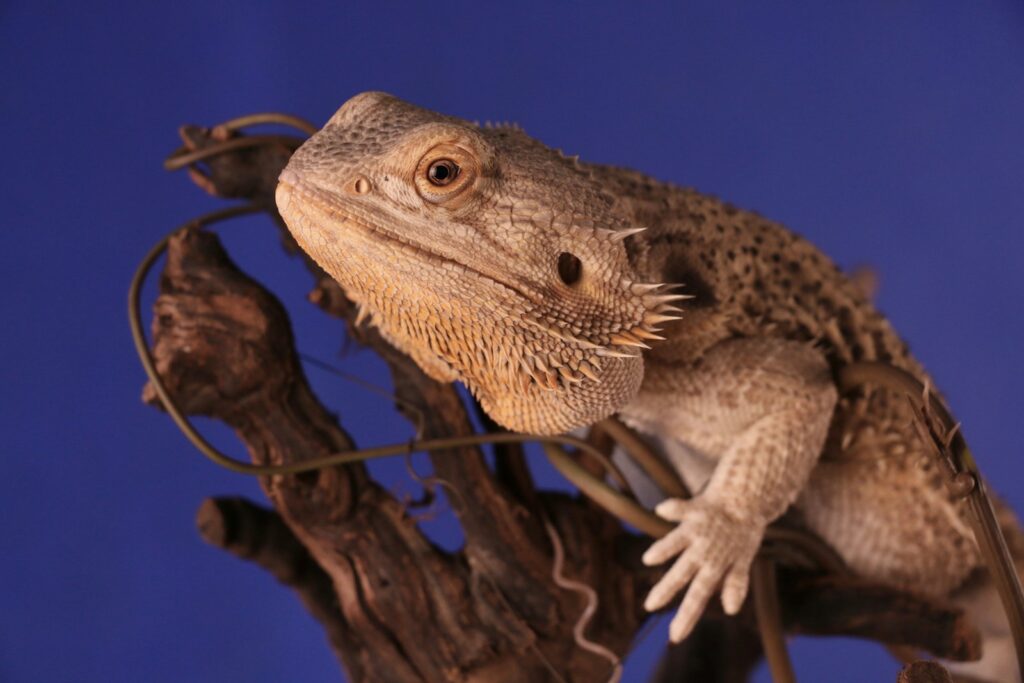
Lizards possess more sophisticated cognitive abilities than traditionally believed, with research demonstrating their capacity for problem-solving, spatial memory, and even social learning. Species like bearded dragons have shown the ability to imitate other lizards’ actions, while monitors can remember solution pathways to food puzzles for extended periods. These cognitive abilities developed in the wild, where lizards navigate complex environments, hunt prey, avoid predators, and establish territories. In captivity, without proper stimulation, these mental faculties can deteriorate, leading to stress behaviors such as glass surfing, excessive hiding, or abnormal inactivity. Understanding that lizards have evolved to interact with diverse, challenging environments provides the scientific foundation for effective enrichment strategies.
The Biological Basis for Enrichment
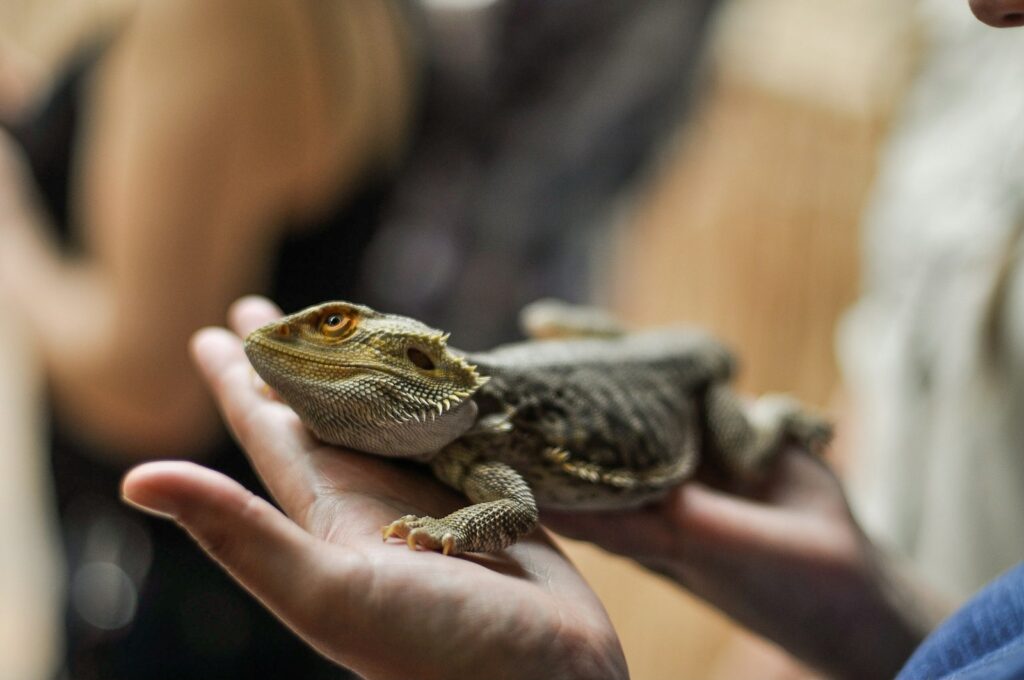
Enrichment for lizards isn’t merely about preventing boredom—it addresses fundamental biological needs essential for health and wellbeing. In the wild, lizards engage in continuous physical and mental activities: foraging across various terrains, thermoregulating by moving between microhabitats, establishing territories, and engaging in species-specific social behaviors. These activities stimulate neurological pathways, maintain muscle tone, and fulfill evolutionary drives. Research in reptile neurobiology has shown that environmental complexity triggers increased brain activity, particularly in areas associated with spatial navigation and sensory processing. Studies comparing lizards in enriched versus barren environments demonstrate measurable differences in stress hormones, immune function, and overall health outcomes, providing scientific evidence that enrichment isn’t merely an aesthetic consideration but a health necessity.
Natural Habitat Replication: The Scientific Approach
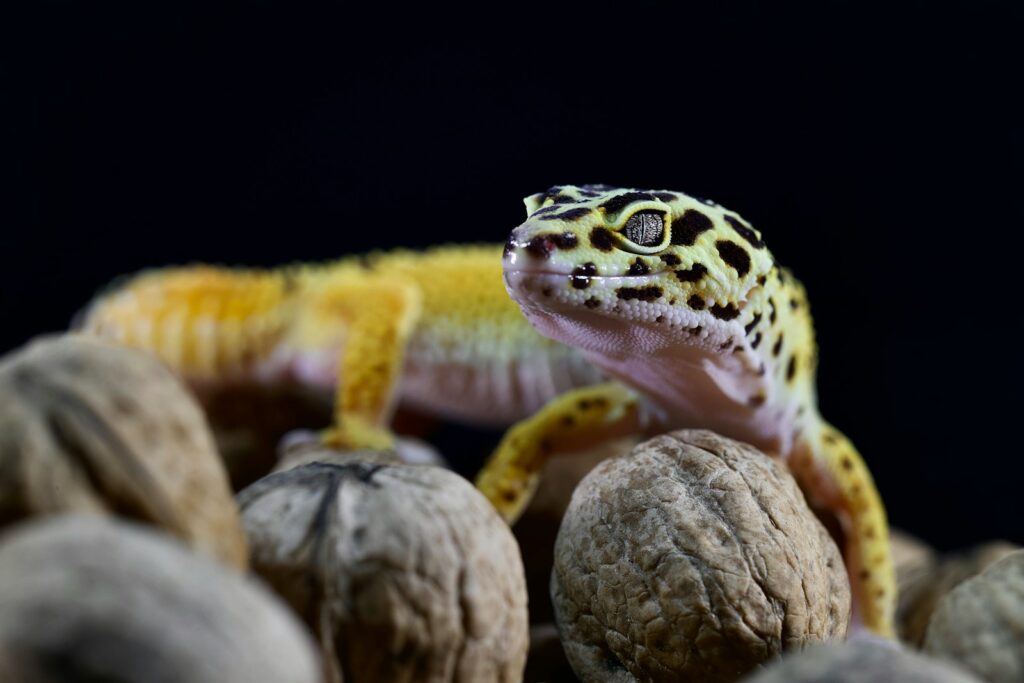
The most effective enrichment strategies begin with understanding a lizard’s natural habitat and evolutionary history. Desert-dwelling species like leopard geckos evolved in environments with rocky outcroppings, underground burrows, and varying substrate textures, making these elements crucial in captivity. Arboreal species such as green anoles and crested geckos require vertical complexity with varied branch diameters, foliage density, and climbing angles that mimic their native canopy environments. Substrate depth and composition should reflect natural conditions—allowing for digging behavior in species like blue-tongued skinks or sand-swimming in sandfish skinks. Research using habitat preference tests demonstrates that lizards will actively select microhabitats that most closely resemble their evolutionary environments, spending significantly more time in these areas when given free choice, confirming the importance of biologically appropriate habitat design.
The Psychology of Texture Variation
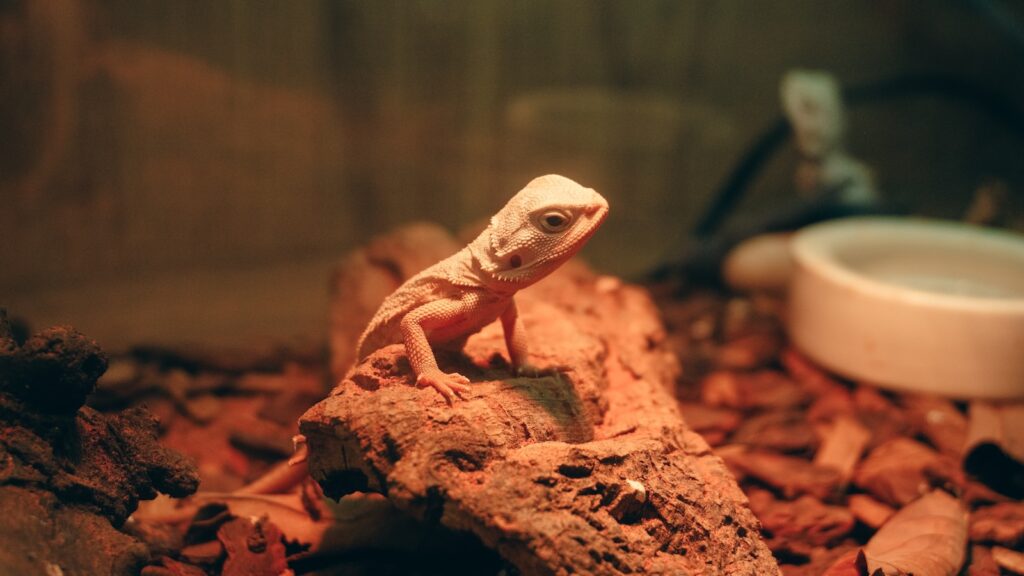
Texture diversity within a lizard enclosure serves multiple psychological and physiological functions beyond simple aesthetic variety. Different textures provide sensory stimulation through a lizard’s highly sensitive ventral scales, which contain mechanoreceptors that gather information about their environment. Rough surfaces like cork bark or natural stone offer grip security that reduces stress, particularly in climbing species, while smoother surfaces may serve as basking platforms or territorial display areas. Research indicates that providing texture gradients—transitions between different surface types—is particularly beneficial as it allows lizards to self-regulate their tactile experiences based on current needs. Substrate texture variations also encourage natural behaviors like digging, burrowing, or substrate sifting, which activate reward centers in the reptilian brain associated with successful resource acquisition and territory establishment.
Climbing Structures: More Than Just Exercise

For many lizard species, climbing structures represent far more than simple exercise equipment—they form the three-dimensional framework that defines territory, provides security, and enables natural movement patterns. Scientifically designed climbing zones incorporate varying heights, angles, and stability levels to challenge a lizard’s proprioceptive system and strength. Research on arboreal species shows that climbing complexity correlates with increased activity levels, improved muscle tone, and better cardiovascular health. Moreover, vertical space utilization mirrors wild behavior patterns where many species use height differentials for thermoregulation, predator avoidance, or territorial display. Studies using thermal imaging demonstrate that even primarily terrestrial species like bearded dragons benefit from modest climbing options, as they allow more precise thermoregulation by providing access to the temperature gradient that naturally forms between floor and ceiling in an enclosure.
Cognitive Challenges: Lizard Puzzle Toys
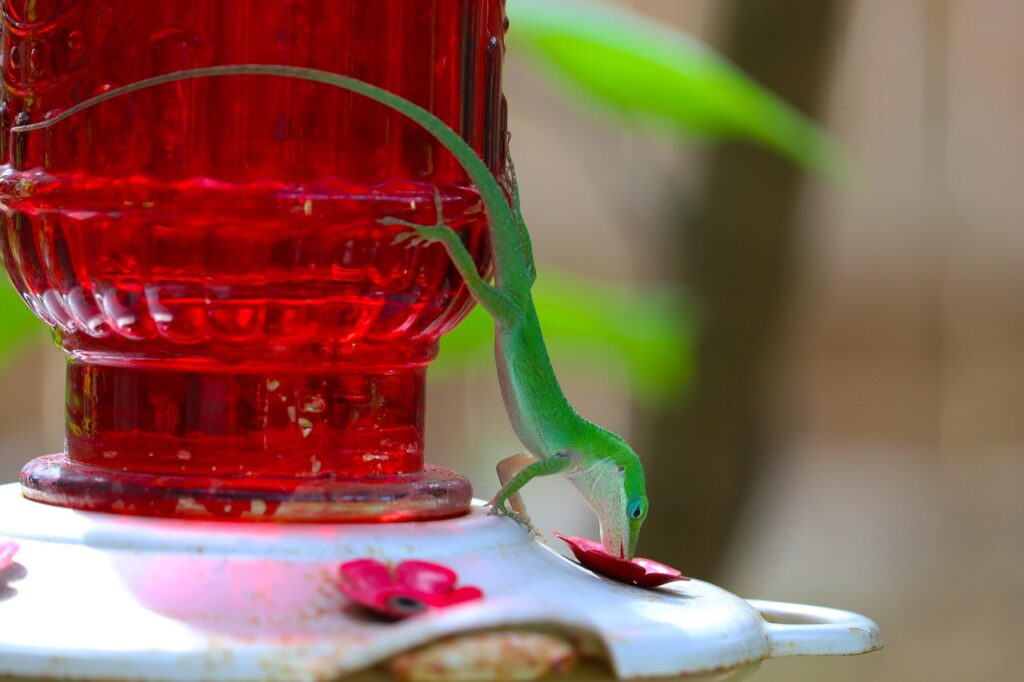
Puzzle feeders and cognitive toys tap into lizards’ natural foraging behaviors and problem-solving abilities, providing mental stimulation crucial for psychological health. Research with monitor lizards has demonstrated their ability to solve multi-step puzzles to access food rewards, while studies with tegus show they can remember solution methods for months. Effective puzzle designs for lizards typically incorporate moving parts that require manipulation, hidden compartments that must be investigated, or barriers that must be navigated around. These challenges activate the same neural pathways used in wild hunting and foraging, stimulating the reptilian brain’s equivalent of the mammalian reward system. Importantly, research indicates that cognitive enrichment should be calibrated to a species’ natural feeding strategy—ambush predators like leopard geckos benefit from different puzzle designs than active foragers like blue-tongued skinks.
Thermal Enrichment: The Science of Heat Seeking
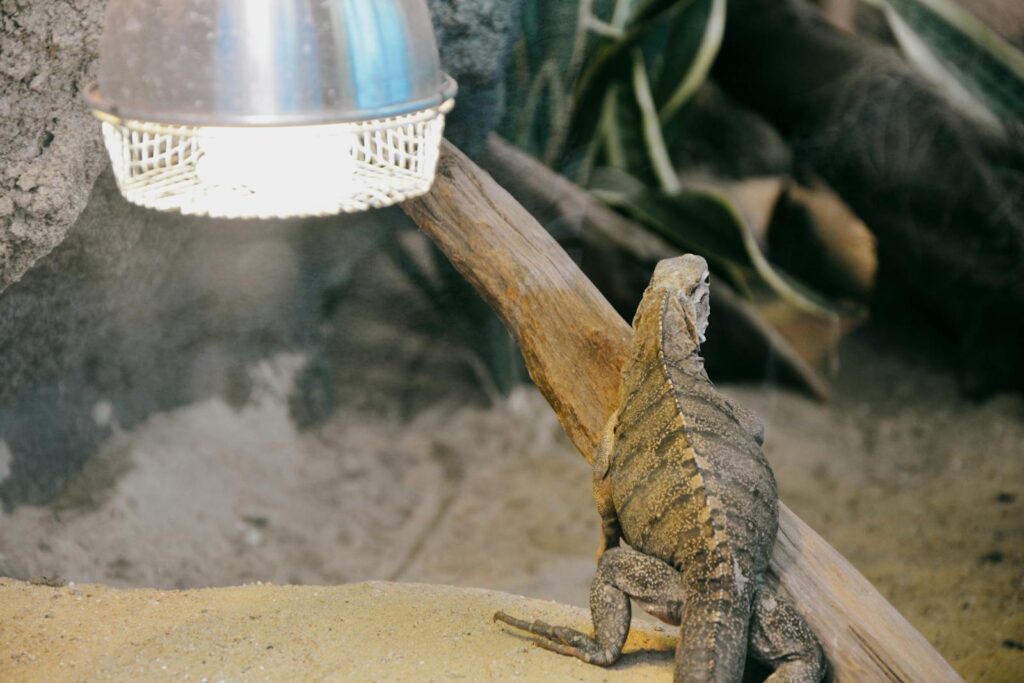
Thermoregulation drives much of lizard behavior, making thermal enrichment a critical but often overlooked aspect of habitat design. As ectotherms, lizards must actively seek appropriate temperatures to regulate bodily functions, and studies show they make dozens of microhabitat selections daily based on thermal needs. Scientifically designed thermal enrichment incorporates multiple heat sources at varying intensities, creating a temperature mosaic throughout the enclosure. Research using thermal imaging and behavioral observation demonstrates that lizards prefer habitats offering thermal gradient complexity—environments where they can fine-tune body temperature through small positional adjustments rather than major relocations. Thermal enrichment can be integrated with textural and structural elements by providing heated rock formations, warm elevated platforms, and cooler retreat areas, allowing lizards to simultaneously satisfy thermal preferences and other behavioral needs like security or exploratory drive.
Visual Enrichment and Background Complexity
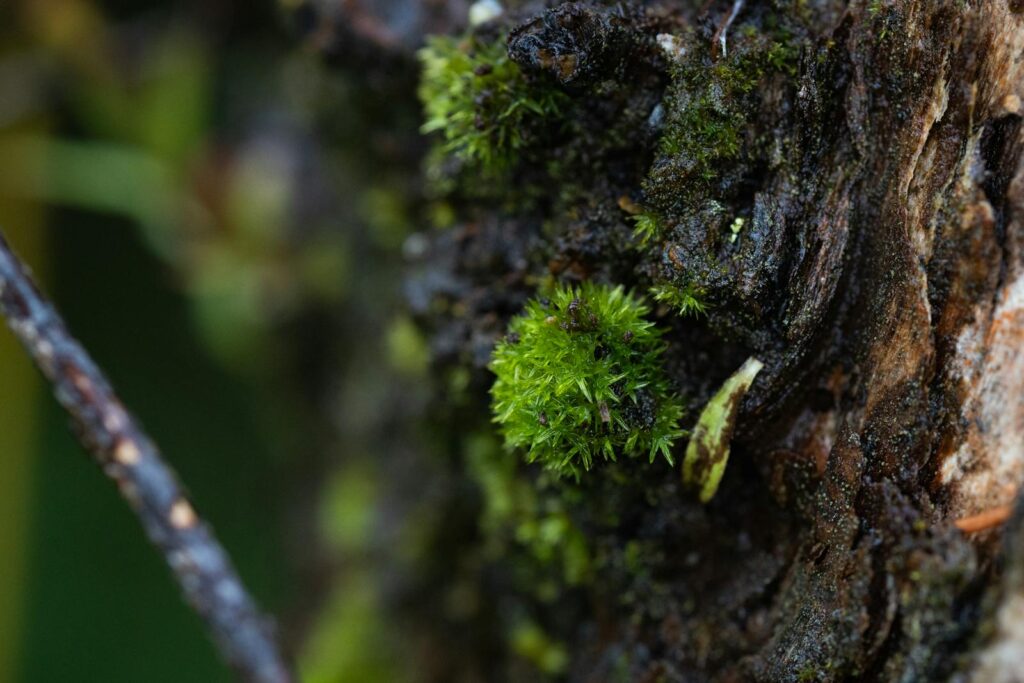
Visual stimulation plays a crucial role in lizard environmental enrichment, particularly for species with highly developed vision like chameleons and anoles. Research demonstrates that lizards respond to environmental visual complexity, with studies showing increased activity and reduced stress behaviors in enclosures featuring naturalistic backgrounds versus plain walls. Background details provide reference points for spatial navigation and depth perception, particularly important for arboreal species that judge jumping distances. Visual barriers—partial obstructions that create separate visual zones—serve important psychological functions by providing perceived security and territorial boundaries. Studies monitoring stress hormones in lizards show significantly reduced cortisol levels in environments where visual retreats are available, even when those retreats still allow the lizard to observe its surroundings through one-way visibility scenarios like dense foliage or partially obscured viewpoints.
Olfactory Enrichment: The Understudied Sense
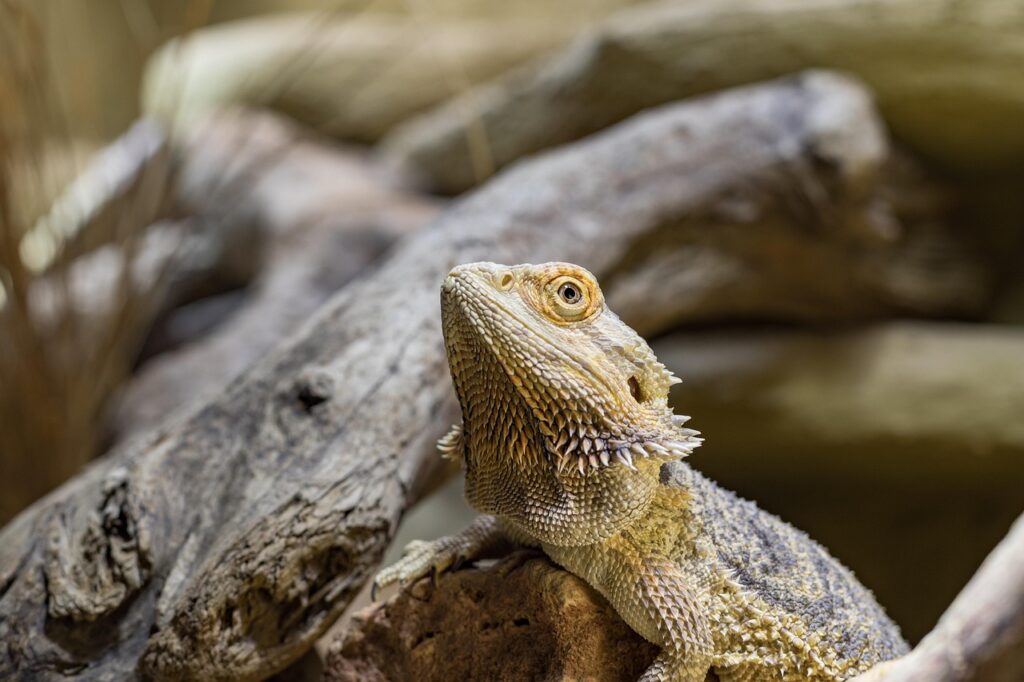
The lizard olfactory system, while different from mammals, plays a vital role in environmental interaction that can be harnessed for enrichment purposes. Many lizard species possess a vomeronasal organ (Jacobson’s organ) that detects chemical signals, which they utilize for prey identification, territorial marking, and reproductive behavior. Research demonstrates that introducing novel, biologically appropriate scents into a lizard’s environment can stimulate exploratory behavior and mental engagement. Natural materials like leaf litter, soil types specific to a species’ native range, or safely introduced prey scents can provide olfactory enrichment without artificial chemicals. Studies with monitor lizards show they will actively investigate and tongue-flick at areas treated with new scents, particularly those associated with prey items, demonstrating how olfactory enrichment can activate natural hunting behaviors even in the absence of actual prey.
Social Enrichment: Considerations for Group-Living Species
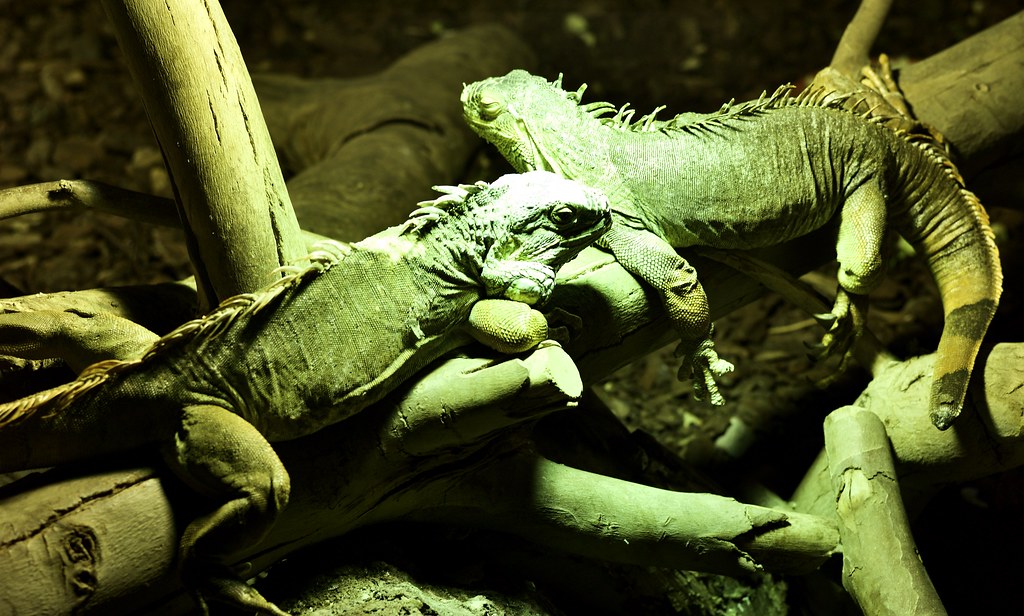
While many lizard species are solitary by nature, others have evolved complex social structures that should be considered in captive environments. Species like certain desert iguanas, some anoles, and select skink species demonstrate social behaviors ranging from loose aggregations to hierarchical groupings. Research shows that for these naturally social species, appropriate conspecific interaction serves as a form of enrichment, stimulating natural behaviors like communication displays, mutual basking, and even play-like activities in juvenile specimens. Proper social enrichment requires careful consideration of sex ratios, adequate territory size, and multiple resource points to minimize competition stress. Studies monitoring stress hormones in group-housed lizards show that properly designed social environments with sufficient visual barriers, multiple basking sites, and adequate retreat options can maintain stress at healthy levels while providing the benefits of social stimulation.
Seasonal Variation in Enrichment Needs
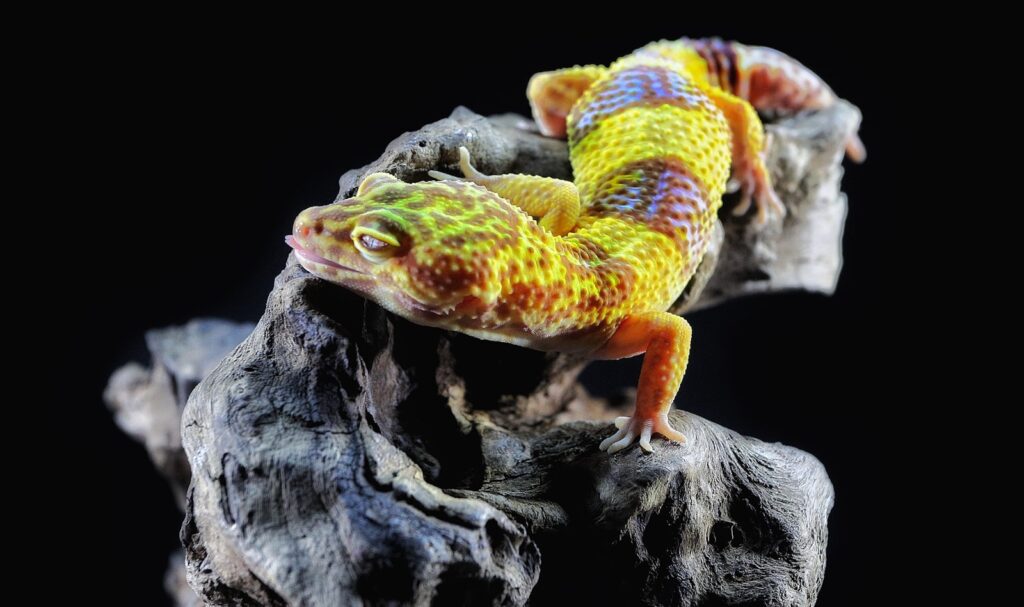
Many lizard species experience seasonal behavioral changes in the wild, which should be reflected in captive enrichment strategies. Research tracking wild populations shows activity patterns, dietary preferences, and environmental needs shift throughout the year in response to reproductive cycles, temperature fluctuations, and food availability. Scientifically informed enrichment incorporates these seasonal variations, adjusting elements like substrate depth during breeding seasons for egg-laying species or providing additional climbing structures during high-activity periods. Studies of captive lizards show they remain sensitive to seasonal cues like photoperiod changes, with measurable behavioral and physiological responses that can be supported through enrichment modifications. For species that naturally brumate (a reptilian form of hibernation), pre-brumation enrichment might focus on feeding opportunities and fat storage, while post-brumation enrichment may emphasize reproductive behaviors and territorial establishment.
Measuring Enrichment Effectiveness
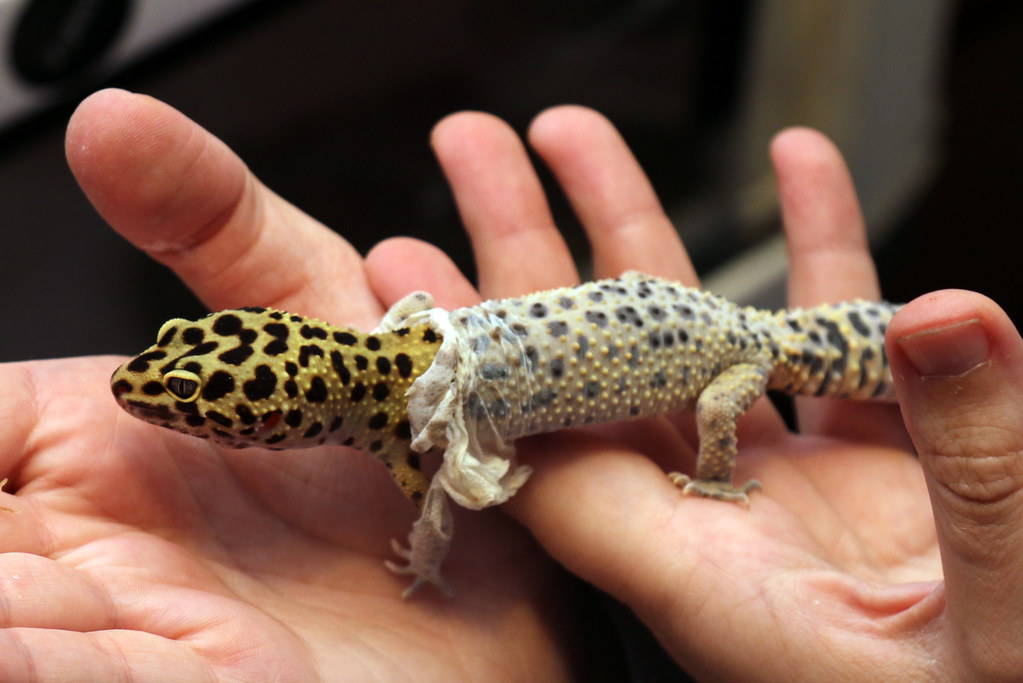
Scientific evaluation of enrichment effectiveness goes beyond simple observation, incorporating measurable indicators of lizard wellbeing and behavioral health. Researchers use activity budgets—detailed time allocations of natural behaviors like basking, exploring, hunting, and resting—as one key metric, comparing them to wild counterparts to assess normalcy. Physiological measures including weight maintenance, successful shedding, reproductive behavior, and immune function provide objective data on enrichment success. Modern research increasingly employs preference testing, where lizards are given free choice between different enrichment options, allowing them to “vote with their feet” regarding preferred habitat features. Technological tools like motion-activated cameras allow for unobtrusive monitoring that captures natural behavior patterns without observer interference, while regular health assessments by veterinarians provide feedback on how enrichment impacts physical condition over time.
DIY Enrichment: Science-Based Homemade Solutions
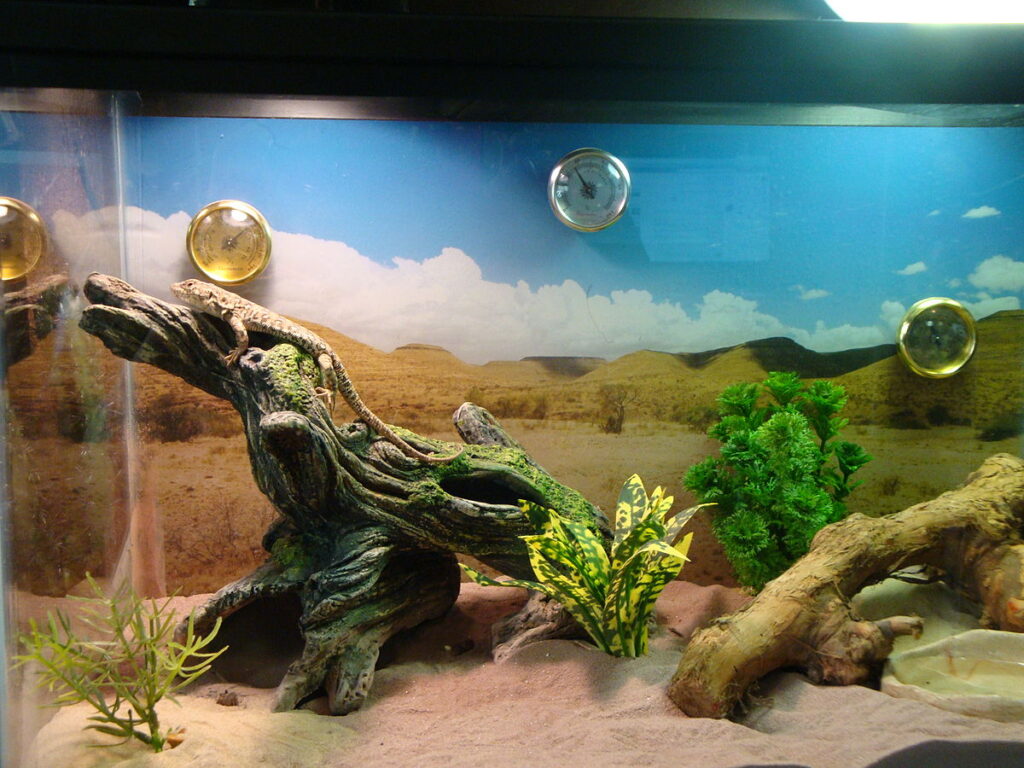
Creating effective lizard enrichment doesn’t necessarily require expensive commercial products—homemade solutions based on scientific principles can be equally effective. Research on environmental preferences shows that many lizards respond positively to simple, naturalistic items like carefully selected branches, rocks, and vegetation arrangements that mimic natural habitat features. PVC pipes of varying diameters, properly sanitized and arranged to create climbing structures or hiding tunnels, have been shown in research settings to be readily utilized by multiple lizard species. Simple puzzle feeders created from household items like egg cartons or paper tubes can effectively stimulate foraging behaviors when properly designed to match a species’ natural feeding strategy. The scientific literature supports that effectiveness depends not on the cost or commercial origin of enrichment items, but rather on how well they facilitate species-specific natural behaviors and provide appropriate sensory stimulation for the lizard’s evolutionary adaptations.
Conclusion: The Evolving Science of Lizard Enrichment
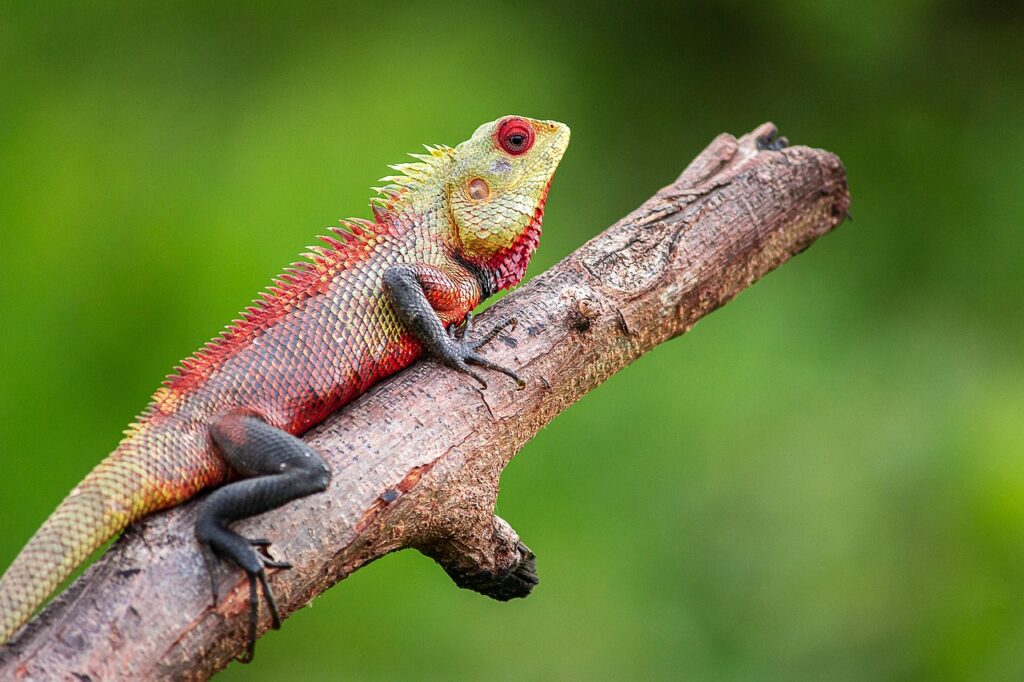
The science of lizard enrichment continues to develop as research reveals increasingly sophisticated understanding of reptile cognition, sensory perception, and environmental needs. What began as basic husbandry has evolved into a multidisciplinary field incorporating herpetology, animal behavior, neuroscience, and conservation biology. The evidence overwhelmingly demonstrates that properly enriched environments produce healthier, more active lizards that display a fuller range of natural behaviors and experience better welfare outcomes. For lizard keepers, this means moving beyond the minimum requirements of temperature and space to create thoughtfully designed habitats that challenge and engage these remarkable reptiles on multiple sensory levels. As research continues to expand our understanding of different species’ specific needs, the practice of lizard enrichment will undoubtedly continue to evolve, improving the lives of captive lizards and deepening our appreciation for these fascinating evolutionary survivors.

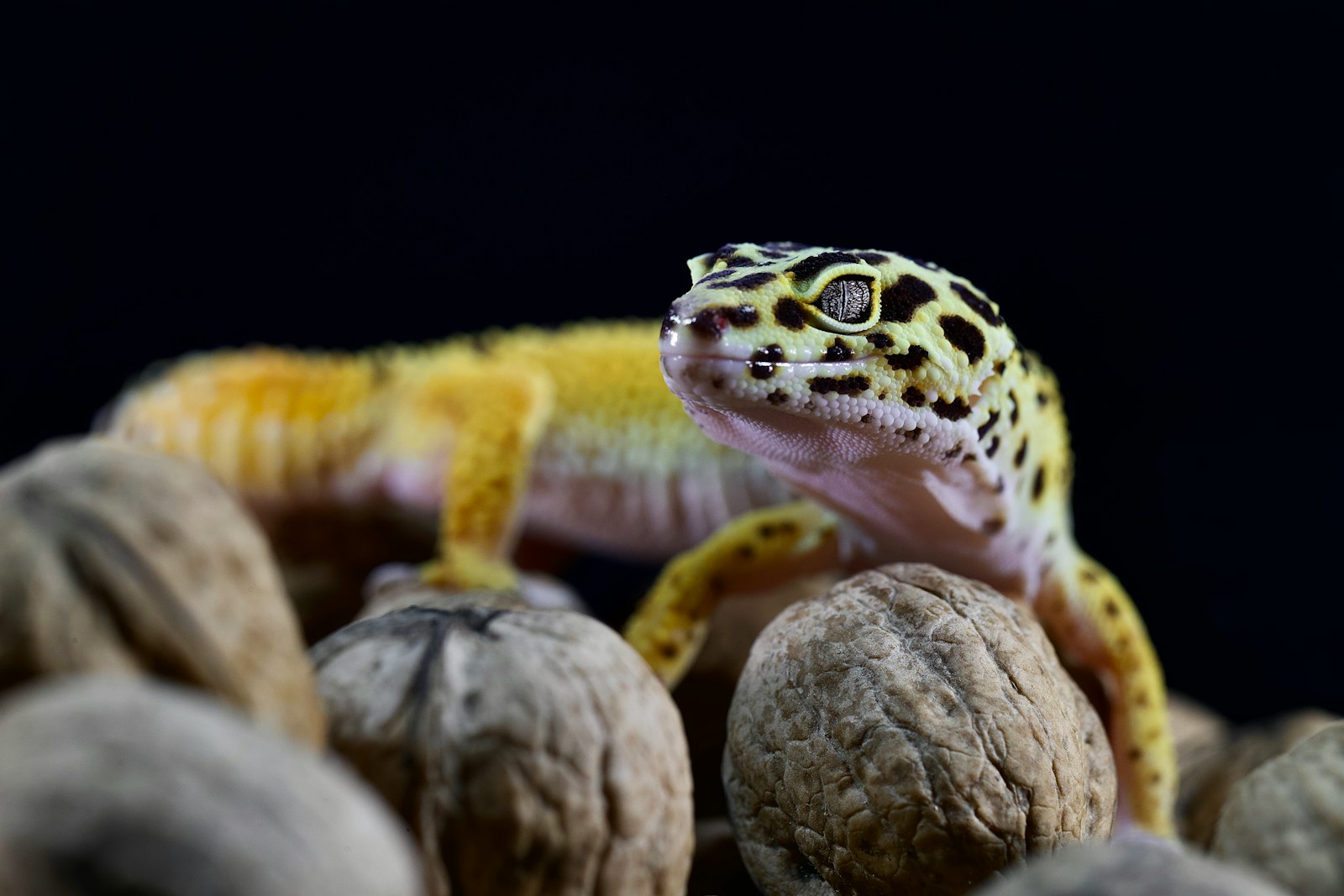
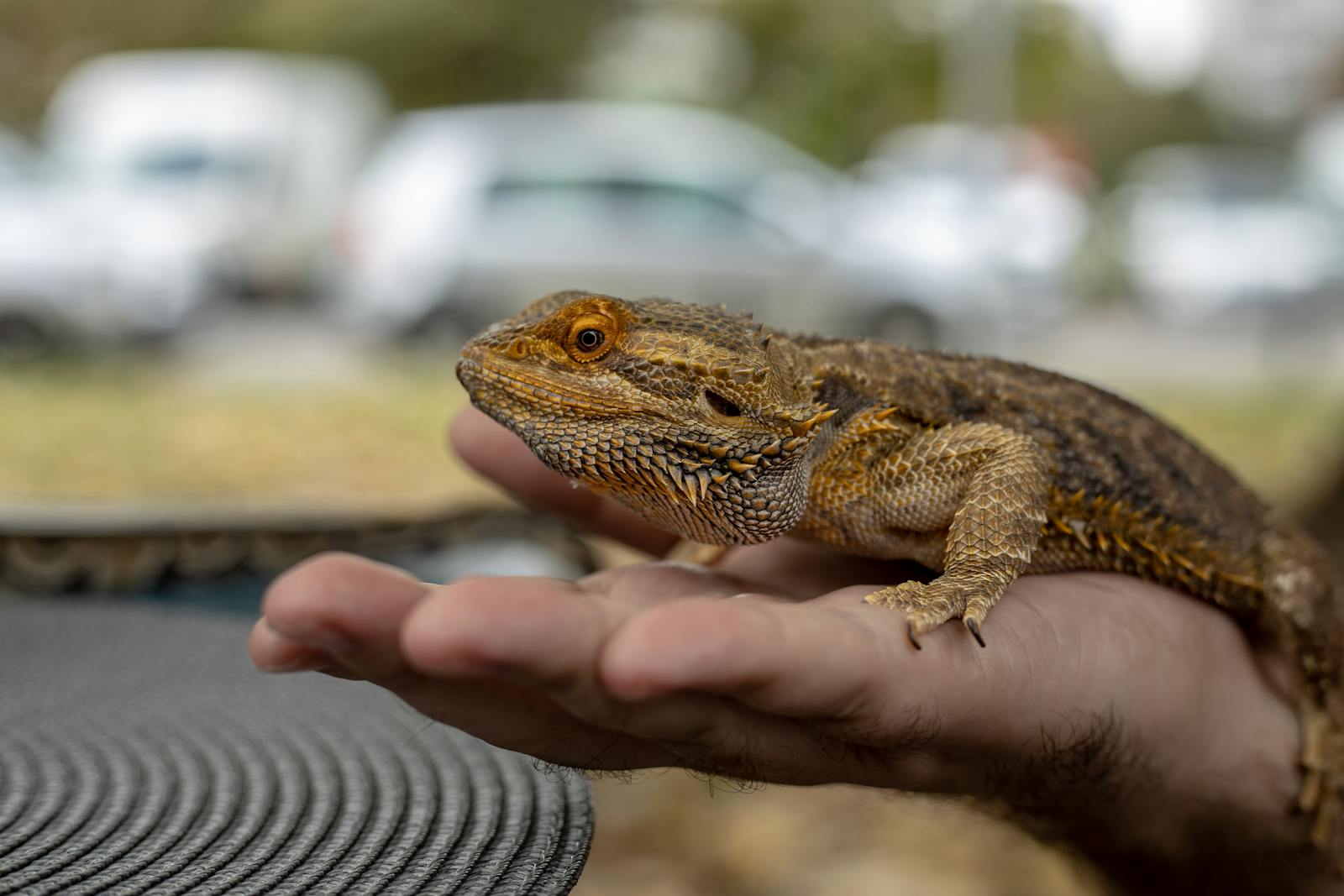
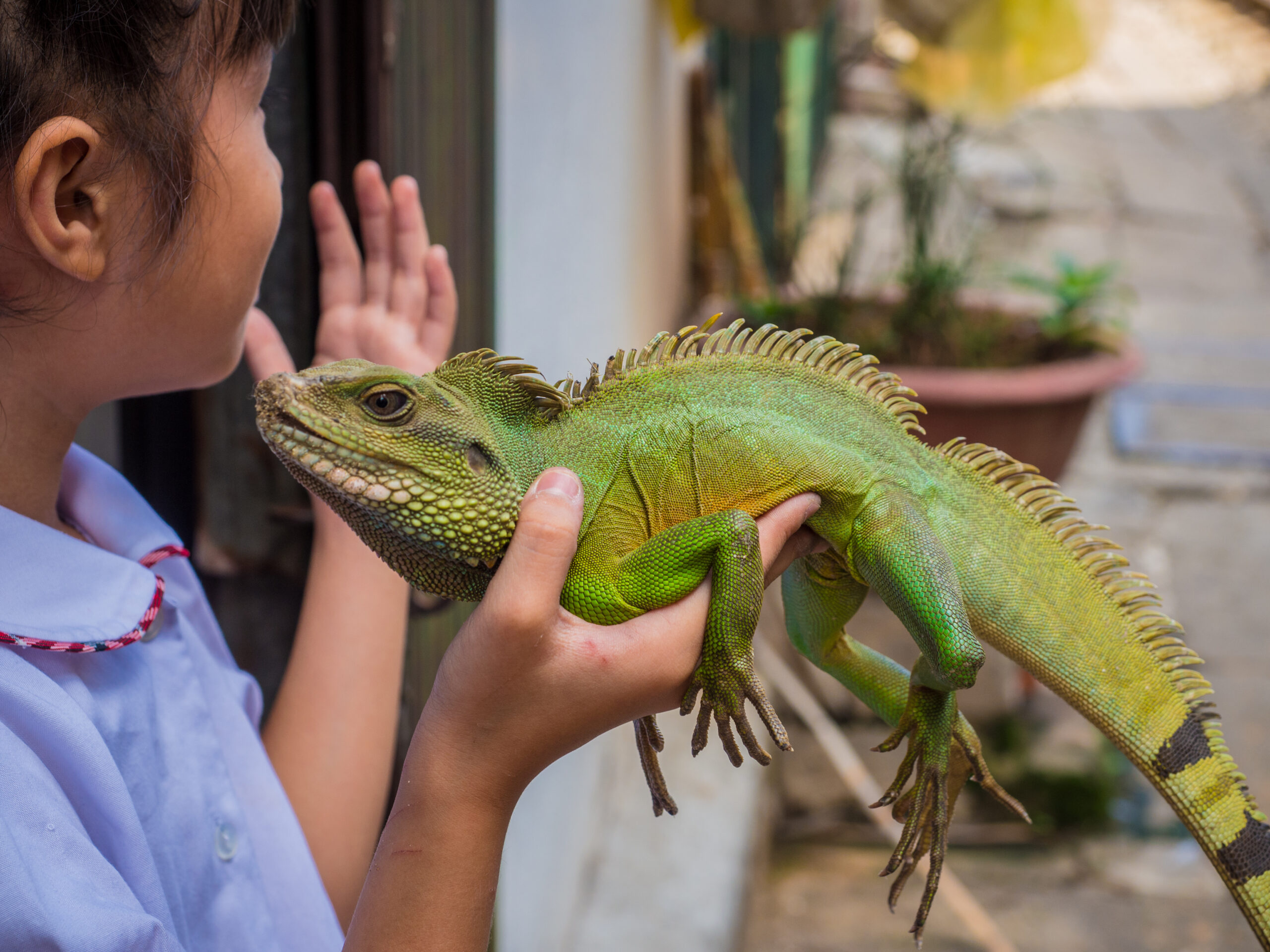
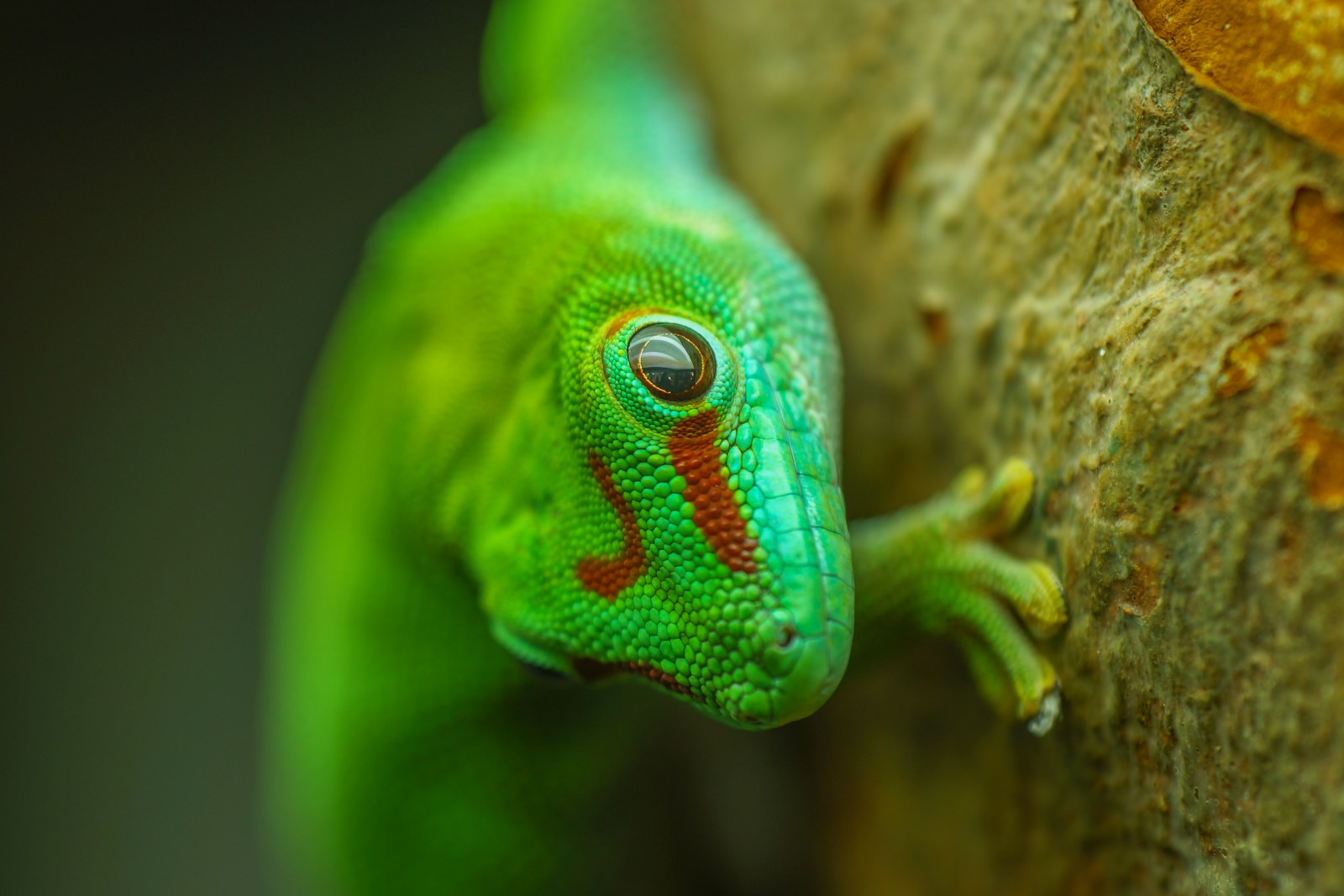
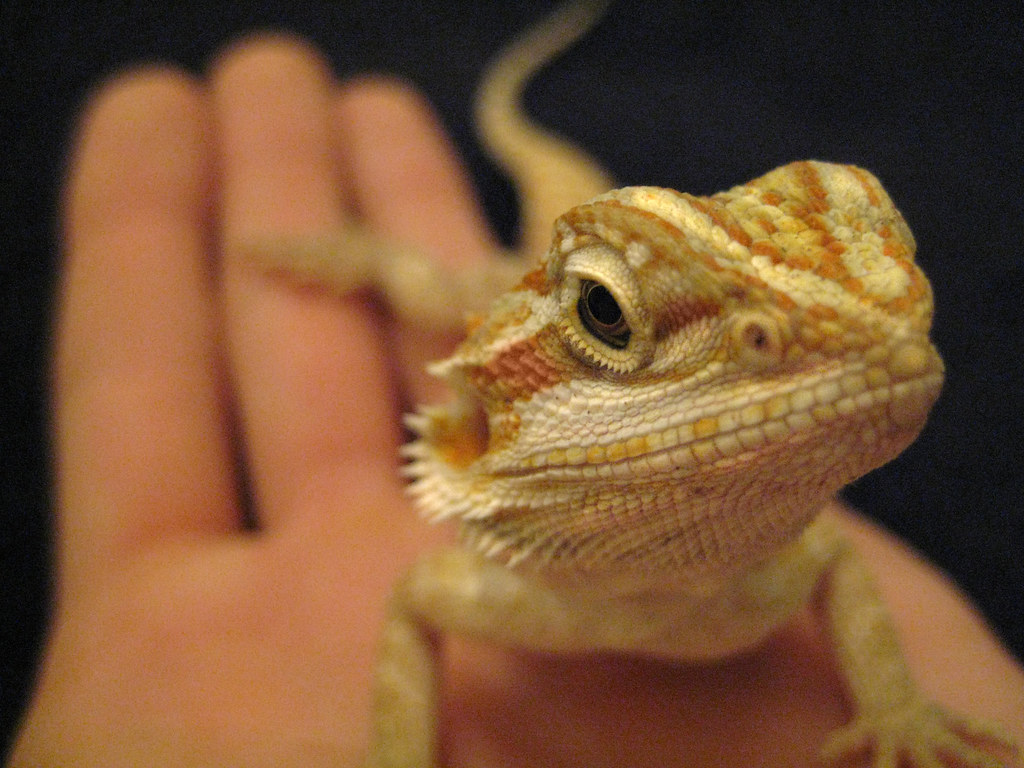
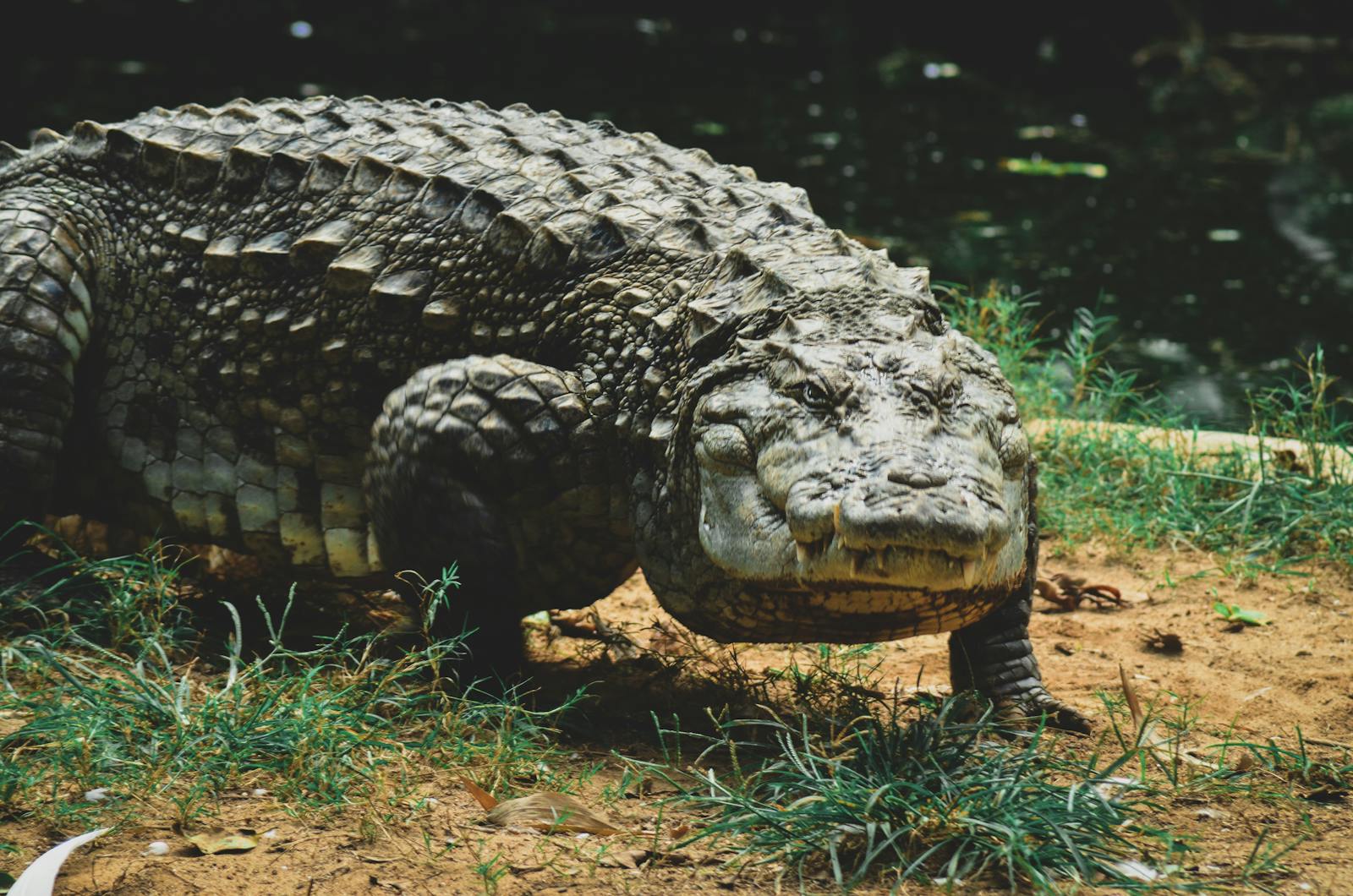
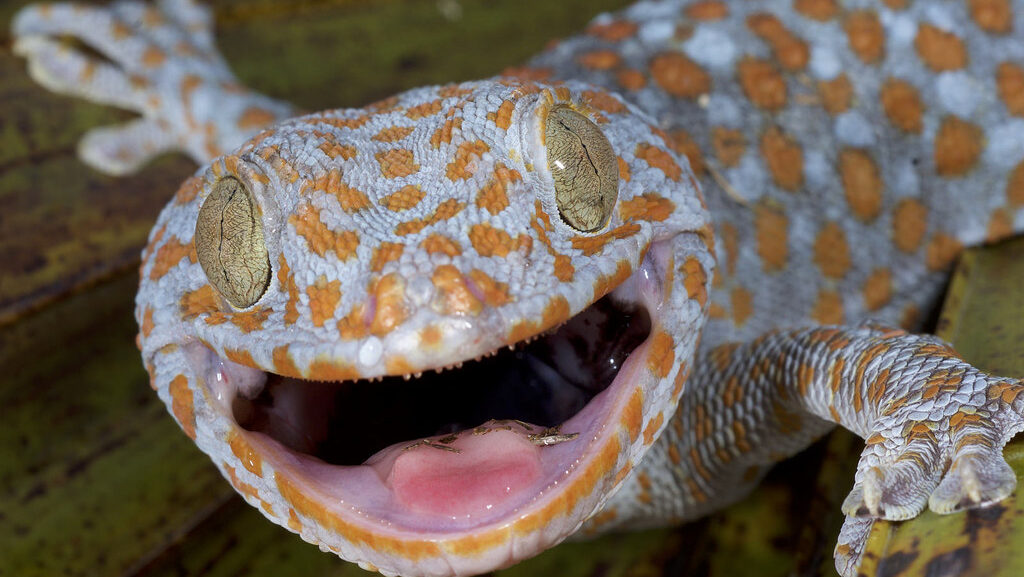
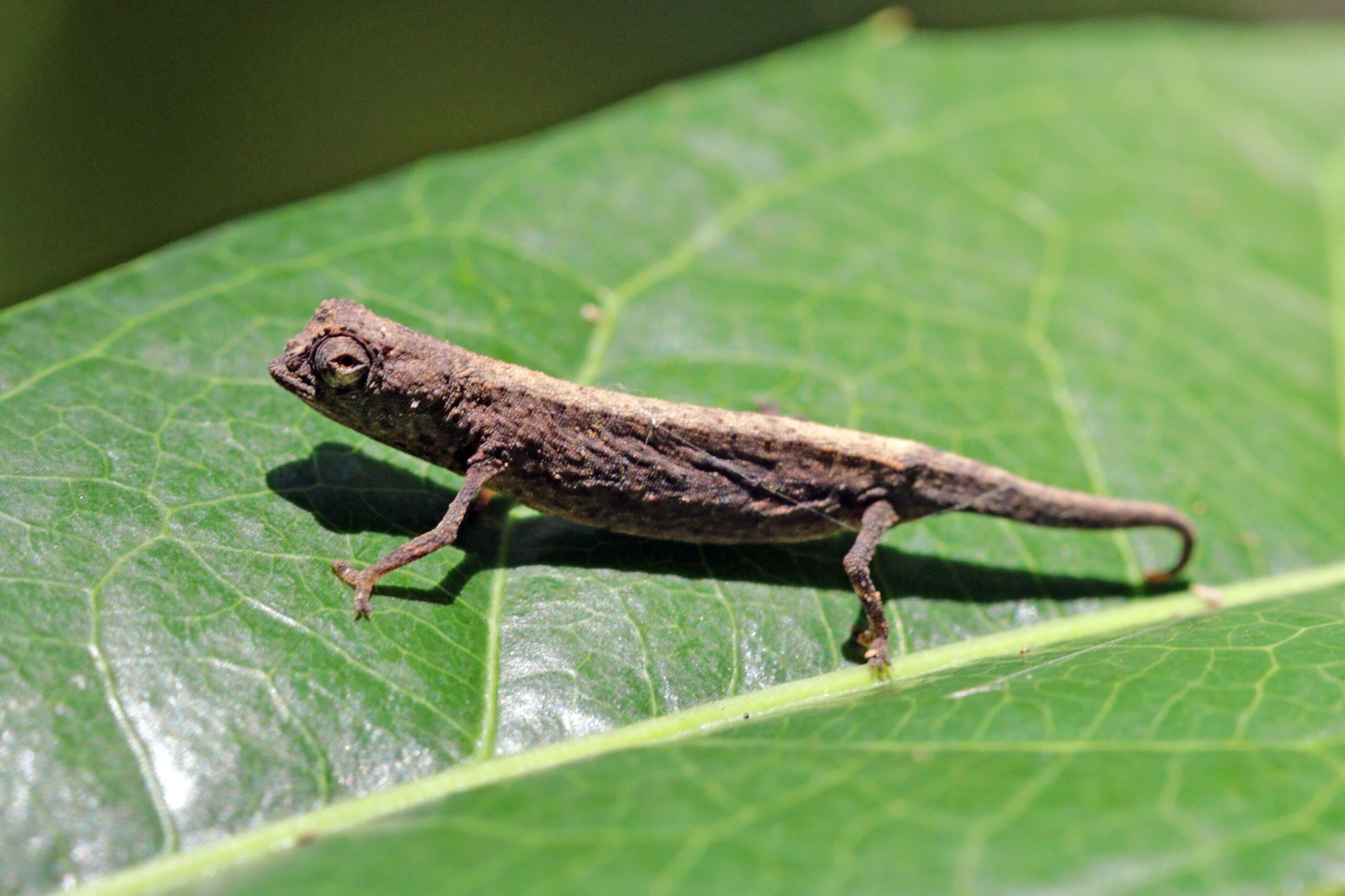


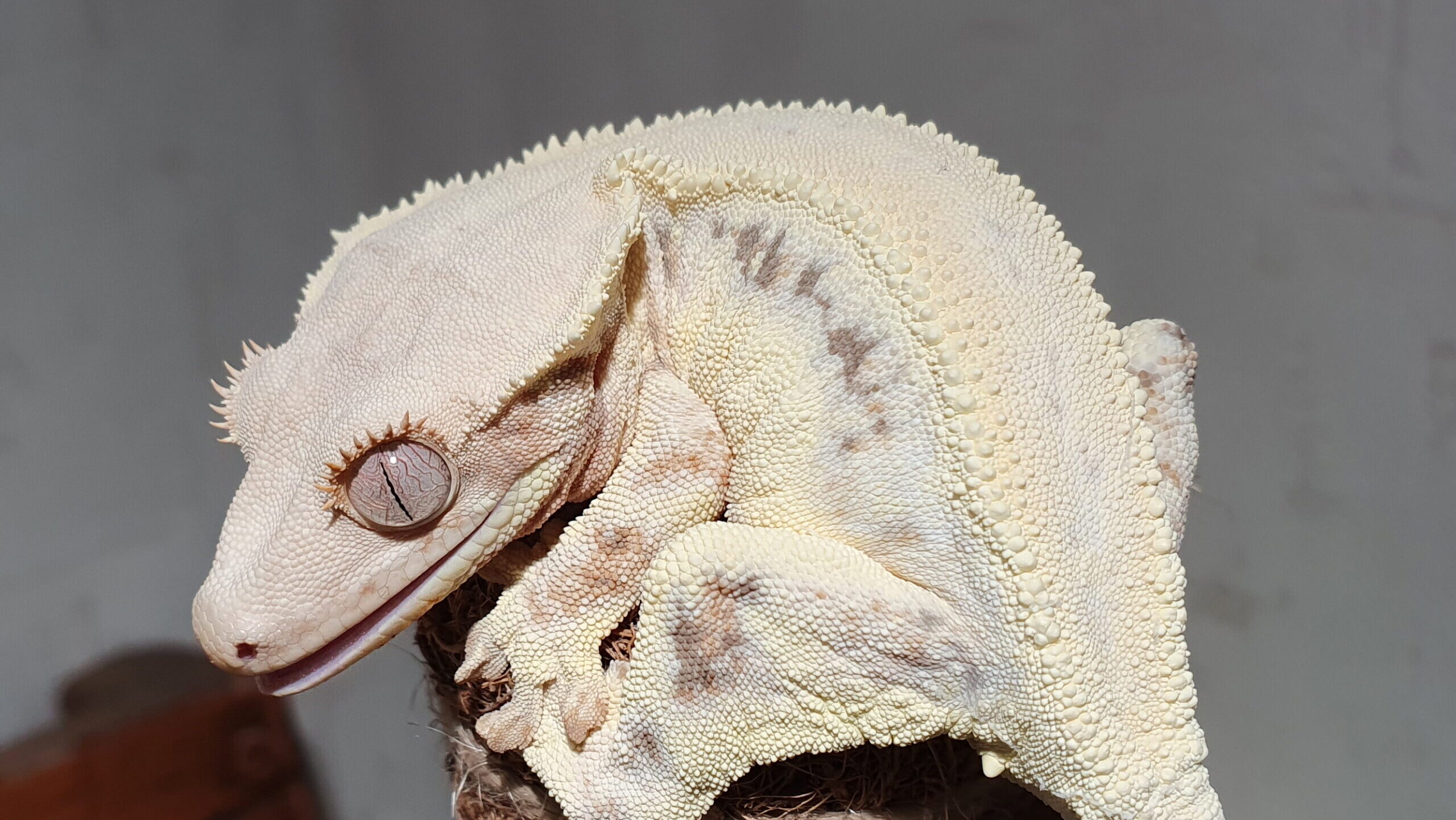




Leave a Reply